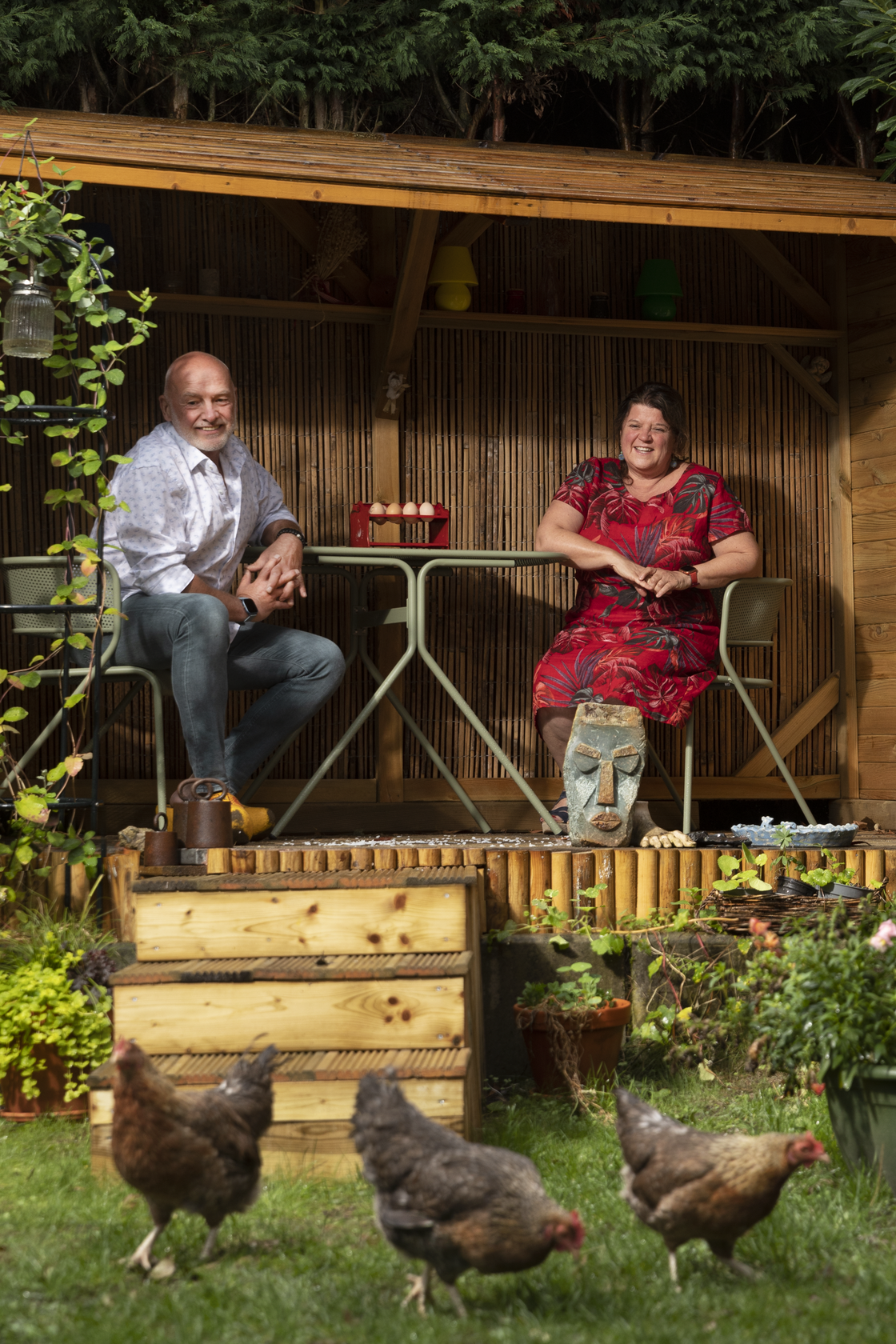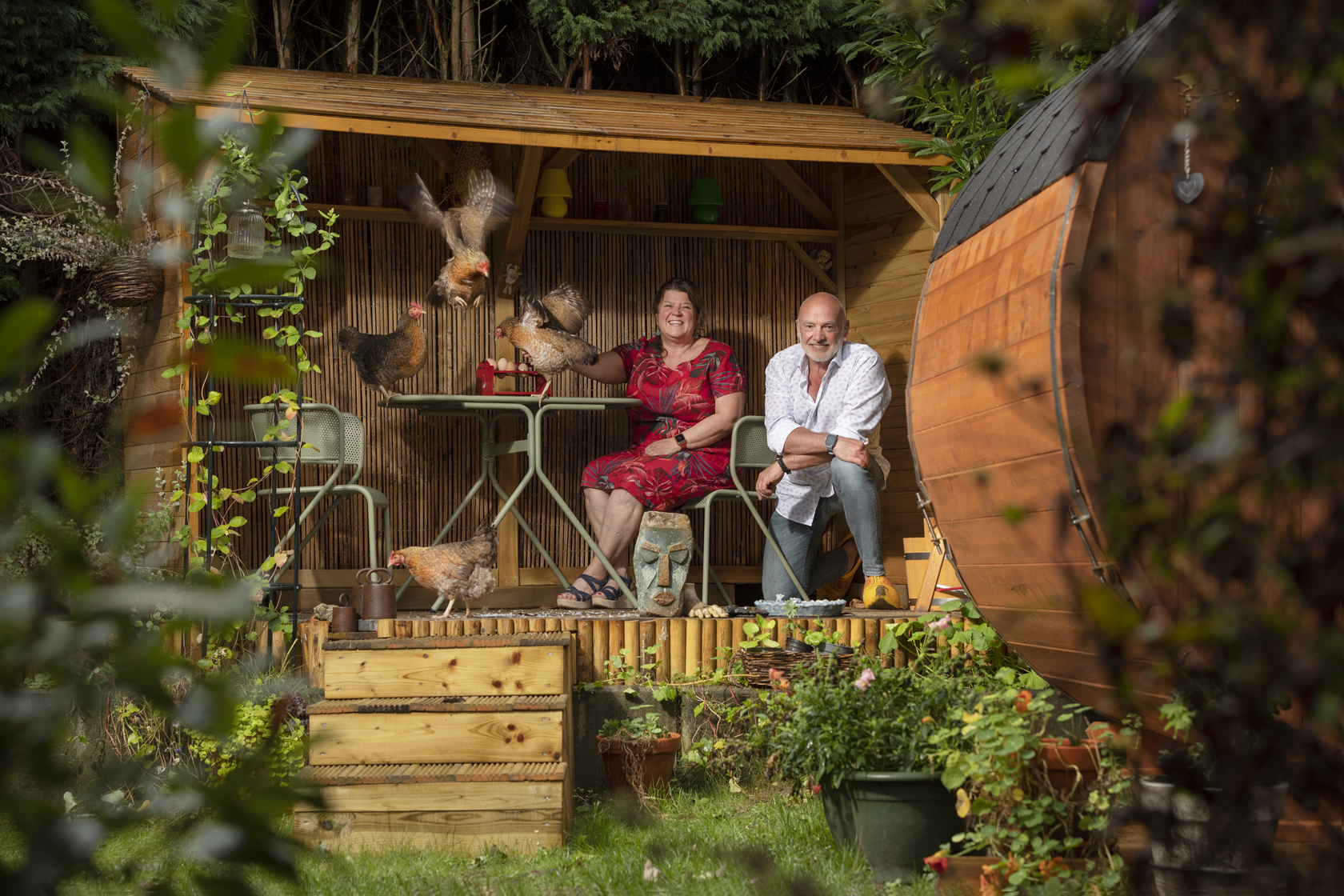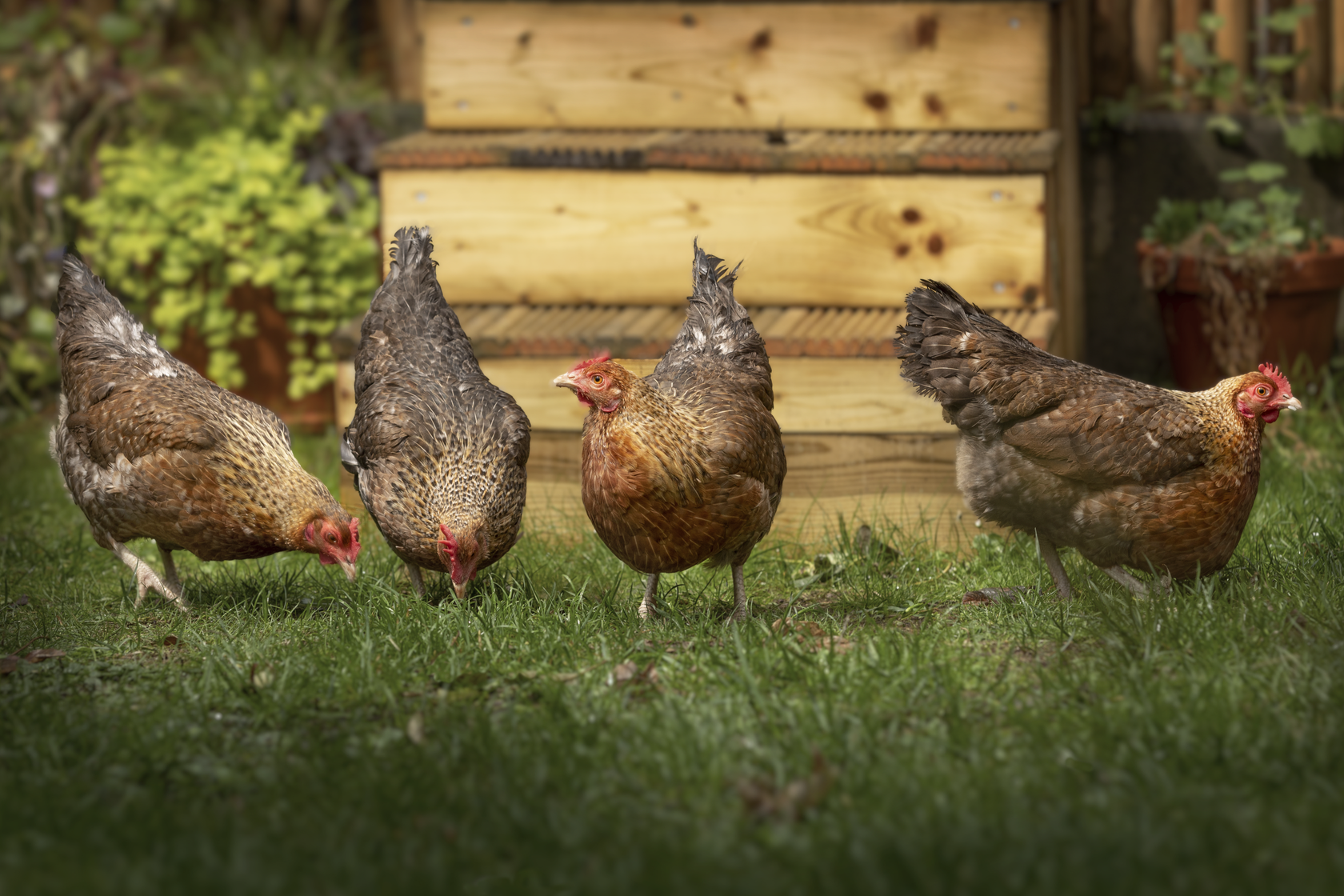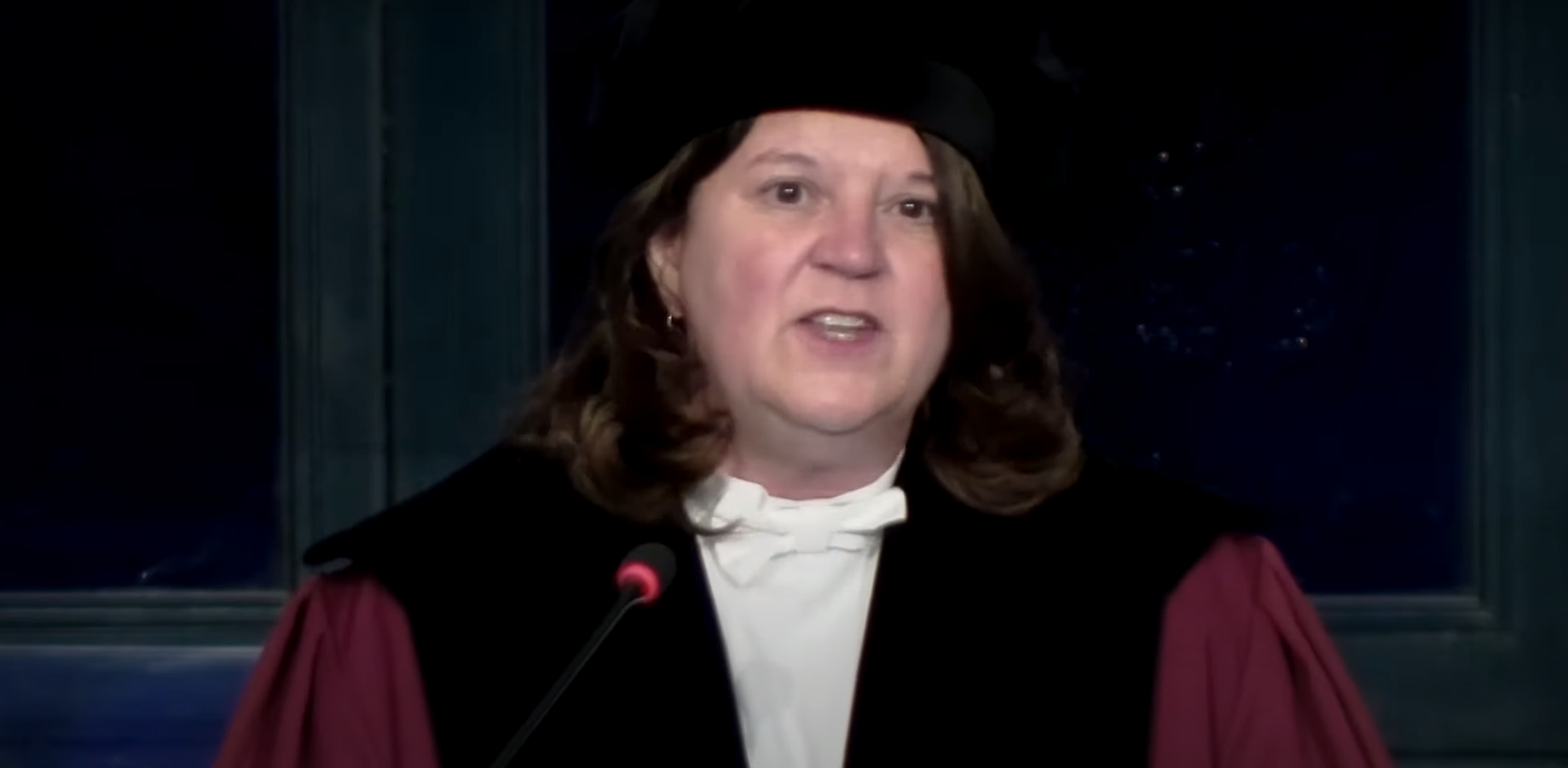Chemistry in the kitchen
Professor of Clinical Chemistry Yvonne Henskens has prepared for this interview by laying out her most important cookbooks and whipping up a fig cake with eggs from her own chickens. “I prefer to make everything myself: bread, cheese, mayonnaise. I want to know how it works—in that sense I’m still a chemist.” Over four years ago, she started the food blog Ontroerend Lekker with a friend from her university days. They post not only about their favourite recipes, cookbooks and restaurants, but also background information about nutrition. As icing on the cake, through the blog she also met her new partner.
In February 2020 Yvonne Henskens received a message from a man asking what he could do with smoked mozzarella. She sent a few links with recipes and heard nothing more from him. “After 10 days I was curious if it had worked and got the answer: ‘Sorry, it was inedible.’ I’d left in a line from another recipe, for piccalilli, that said you should salt the vegetables, so it was way too salty. There was only one way to make it up to him—I offered to bake him a cake.”
One thing led to another and the first coffee date was a hit. “We had so much in common: passion for food, nature, animals and small, beautiful things. Of course I’d also checked him out on Facebook and saw that he posted about food as much as I did. What man does that? Photos of dishes that were successful, but also those that had failed. I was so impressed by that. In the end, he cooked for me: a kind of kale stamppot with meatballs hidden in it—delicious.”
Passion for eggs
For Henskens, cooking means making everything yourself. Barbecue with homemade corn tortillas, limoncello, mayonnaise, bitterballen met zuurvlees (which even made it into the Volkskrant)—you can make everything from scratch. She enjoys making her own cheese; she’d like to make more time for that. But her greatest love is the humble egg. “I’m glad I now have chickens again. I want to write another cookbook about the egg, with illustrations by my sister. I think the egg is one of the most beautiful products out there. Straight out of a chicken and you can do so much with it, it’s unbelievable. The egg is the most complete product there is, if you ask me. Good fats, protein; it just has a lot of nutrients.” And yes, she also collects egg cups.
To her, cooking is chemistry and chemistry is cooking, as she made clear in her inaugural lecture. “I study laboratory tests that detect clots in people who take medication for thrombosis. The tests we currently have are not good enough. They could be much better, but how do you determine in the test whether the blood is clotting or not? In my inaugural lecture I used the different ways of preparing an egg as a metaphor. When you boil an egg, the result depends on the temperature, the conditions and your equipment. If you ask ten people to boil an egg for four minutes, you’ll get different results. The same holds for my coagulation tests: I have all sorts of devices to measure coagulation, but they’re still not good enough.”

Yvonne Henskens has been personal professor of Clinical Chemistry specialising in haemostasis at the FHML since 2020. She studied human nutrition in Wageningen and, after her PhD at the Academic Center for Dentistry Amsterdam on saliva proteins, trained as a clinical chemist in Delft. From 2000 she worked at the Amsterdam Medical Centre and relocated in 2003 to Maastricht University and the Maastricht UMC+.
Burgundian roots
The Limburg native inherited her love of food and cooking from home. Her parents are both from Bocholtz. Her father is a chemist and her mother worked with the nuns in Bocholtz; that was where she fine-tuned her cooking skills. “She has a very traditional style: pastries, potato croquettes, kouw schötel [cold platter], kniën in het zoer [rabbit stew]. My mother had the same penchant for making everything herself. She got that from her mother, and passed it on to my sister and me. Every Sunday we ate at my grandmother’s, and there’d be a table full of homemade cakes. Parties mean food, that’s a very Limburg idea. I’m no good at making those cold platters like my mother does. It starts with how you chop the ingredients, but I definitely got it from her. The cake recipes are still hers. And her sponge cake recipe is unbeatable. The secret is that you have to beat it while it’s warm.”
Henskens' enthusiasm is infectious, and goes beyond finding good ingredients and recipes. It also has to do with tactility. “The sensation of kneading bread dough is the best thing there is. The same goes for making real sushi rice, which you have to wash for over half an hour. It’s such a great feeling on your hands—a kind of massage.”

Sources of inspiration
Even at the age of 12, Henskens had the compulsion to cook for herself. This she had to do in secret: her mother considered the kitchen her domain. “One evening I made pizzas with a friend. Of course we made a huge mess. We thought we’d cleaned everything up, but my mother must have found traces the next day. She didn’t say anything though.” Unlike her mother, Henskens was mainly interested in cuisines from other countries and cultures. “When I was 16, I bought this Japanese cookbook. My father had to go to Japan for work, but he didn’t like the food there. I was intrigued. I still use that cookbook.” Later, she began to travel to get a proper taste of other cultures. “I had a great time in Asia, but actually I love all cuisines. I can’t go to a country without buying a cookbook. I just bought this one in London: The Philosophy of Cheese—lovely.”
Cooking buddies

Proudly she shows off a well-thumbed notebook that is almost falling apart. “This is my recipe book from 1985, when I went to study in Wageningen. I collected all the recipes I liked and wrote them down in my best handwriting. My mother’s lasagne, goulash, mayonnaise. My first boyfriend’s mother’s potato puffs.”
In Wageningen she made friends with Myreen Minnaar, with whom she later set up the food blog. They lived in the same student flat and both enjoyed cooking. “Especially from the Tip Culinair and Allerhande, the Albert Heijn magazine. We cooked and ate with flatmates, but were very critical of their meals. We gave Maggie the nickname Maggie Saroma, because she only ever made Saroma pudding from a box; we thought that was disgusting and just not done.”
Complementary
She also enjoys cooking with her current partner René, though they have very different styles. “When one of us is cooking, the other is the helper and vice versa. I don’t want to change his style. He’s always making platters with many different snacks, and cooks from intuition, without recipes. I can’t do that. And he has no interest in things like making bread or cheese himself. In that sense we complement each other well.”
Her latest purchase was a knödel (boiled dumplings) cookbook. “That was René’s influence; he’s a fan of German cuisine. I’d never liked them, but I recently tried two recipes and they were delicious. It’s such a nice book; it’s also about the origins of the knödel. Who wouldn’t want to know when the first dumpling was made?” she laughs. Now we just have to wait until she puts the recipes on her blog so we can all enjoy them.
Text by: Annelotte Huiskes
Photography: by Arjen Schmitz

Click here to watch the online Inaugural Lecture of Prof. dr. Yvonne M.C. Henskens